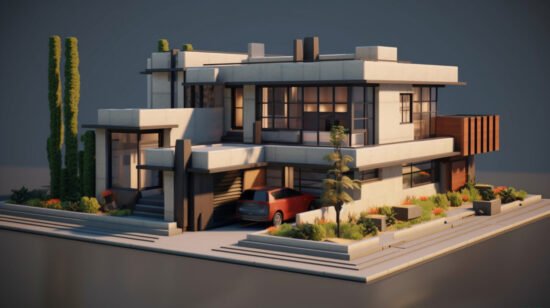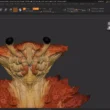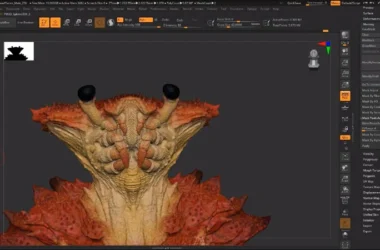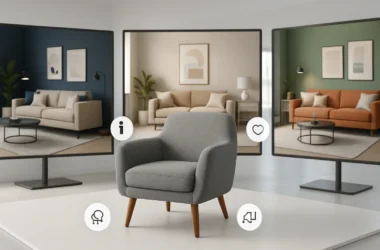Imagine a world where you can create lifelike images of imaginary places and objects without ever having to pick up a paintbrush or a camera. Welcome to the fascinating realm of 3D rendering, where art meets technology to bring visions to life. You might be wondering, “What exactly is 3D rendering?” Well, buckle up as we dive into this digital wonderland.
The Basics of 3D Rendering
3D rendering is the process of converting 3D models into 2D images on a computer. Think of it as a digital artist’s way of painting a picture, but instead of using traditional tools, the artist uses software to create a photorealistic image. It’s like creating a sculpture in a virtual world, only to take a snapshot of it from every possible angle.
Rendering can be used in various fields, from architecture and interior design to video games and movies. Ever watched a movie and marveled at the breathtaking landscapes or the intricate details of a fictional character’s face? Chances are, 3D rendering played a significant role in making that happen.
How Does It Work?
3D rendering begins with a 3D model, which is essentially a digital representation of an object or scene. This model is created using specialized software, allowing designers to manipulate it in numerous ways. Once the model is ready, the rendering process kicks in.
Rendering involves simulating light, shadows, textures, and colors to create a realistic image. It can be time-consuming, depending on the level of detail required. Some rendering processes can take hours or even days to complete, especially when producing high-quality results. It’s a bit like cooking a gourmet meal; good things take time, and patience is key.
Applications of 3D Rendering
3D rendering has applications in many industries, and it’s not just limited to making cool-looking images. Here are a few areas where 3D rendering is indispensable:
- Architecture: Architects use 3D rendering to create realistic visualizations of buildings and interiors. This allows clients to see what a finished project will look like before construction even begins. It’s like showing someone the future, minus the crystal ball.
- Entertainment: In movies, video games, and animations, 3D rendering brings fantastical worlds and characters to life. From the awe-inspiring landscapes of Pandora in “Avatar” to the lifelike characters in video games, rendering is the magic behind the curtain.
- Advertising: Companies use 3D rendering to create realistic product images for marketing purposes. It’s much easier (and often cheaper) to render an image of a product than to photograph it, especially when dealing with prototypes.
The Future of 3D Rendering
As technology advances, so does the potential of 3D rendering. With the rise of virtual reality (VR) and augmented reality (AR), rendering is set to become even more significant. Imagine walking through a virtual version of your dream home before it’s even built, or trainers using AR to teach you how to cook a dish step-by-step. The possibilities are endless and tantalizingly close.
In the world of 3D scanning, tools like the 3D scanner are revolutionizing the way we capture real-world objects and translate them into the digital realm. These scanners use laser technology to create highly accurate 3D models, which can then be rendered into realistic images. It’s akin to magic, but with lasers instead of wands.
Challenges in 3D Rendering
Despite its many advantages, 3D rendering is not without its challenges. The process requires powerful hardware and software, which can be expensive. Additionally, achieving photorealism often demands significant skill and expertise. It’s like trying to bake a souffle without it deflating; you need the right tools and know-how to get it just right.
Rendering can also be a resource-intensive process, requiring a substantial amount of computing power. This can be a hurdle for smaller studios or individual artists who may not have access to high-end equipment. However, with the advent of cloud computing, many of these obstacles are being overcome, making rendering more accessible to everyone.
So there you have it, a glimpse into the world of 3D rendering. It’s a field where creativity and technology intertwine, offering endless possibilities for those willing to explore. Whether you’re an artist, an architect, or just someone curious about the digital world, 3D rendering has something to offer. Who knows, maybe one day you’ll find yourself creating stunning virtual landscapes or designing the next big video game character. Until then, keep dreaming and let technology do the rendering.









